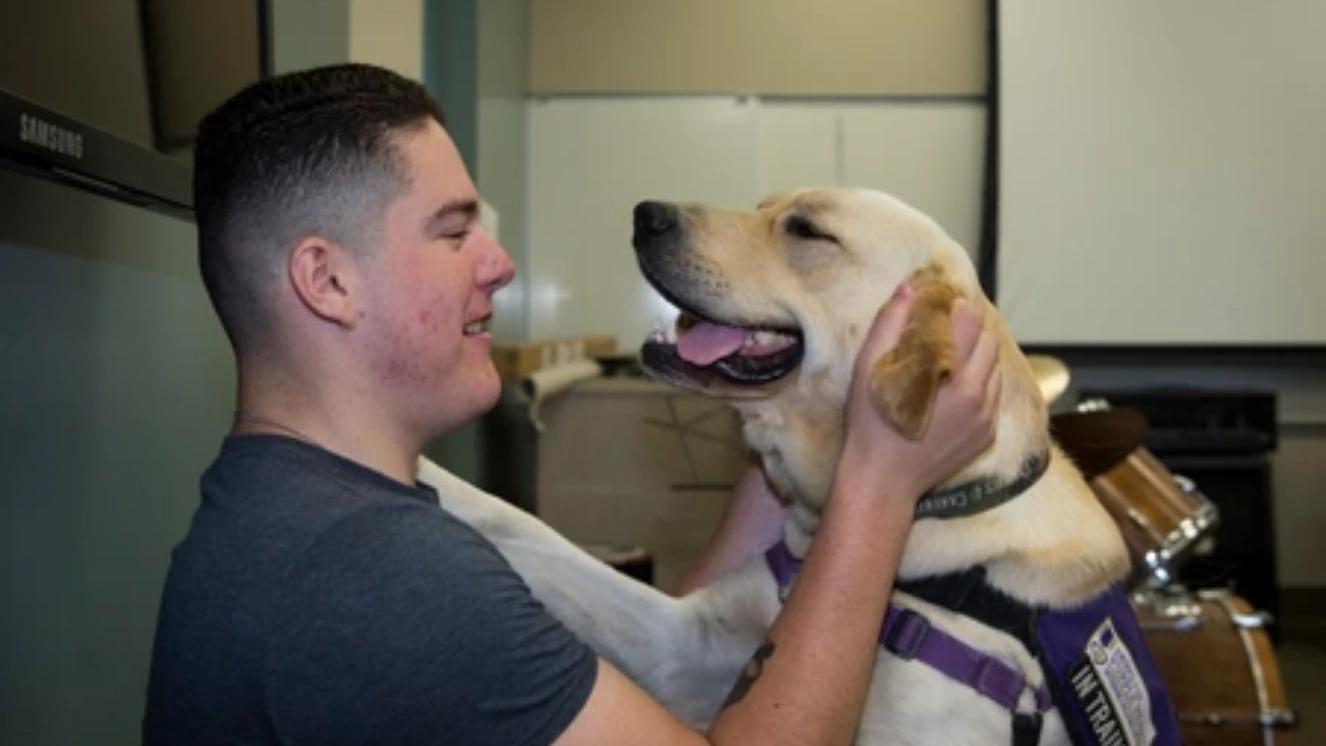7 D-DAY FACTS & THE HISTORY BEHIND THEM

We’re all familiar with the June 6th, 1944, Allied invasion of Normandy, otherwise known as D-Day, but we bet there are some D-Day facts that you don’t know. We’re going to cover some insane, important, interesting, and not-so-well-known facts about D-Day below. If you don’t find at least one fact that you didn’t know before now, then we’d have to call you a bonafide WW2 expert!
You Need To Know These 7 D-Day Facts
1. Over 156,000 Allied Troops Faced Off Against 50,000 German Forces
When it was time for the Allied forces to storm the beach, more than 156,000 people had boots on the ground against an opposing force of nearly 50,000 German troops. Though this may seem like a massive advantage for the Allies, they faced problem after problem. Rough and choppy seas obliterated 27 of their 38 amphibious tanks. Bombing runs ended in massive failures. German machine guns cut through American forces. Still, the sheer force of the Allied numbers ensured D-Day was a success.
2. Native Americans Were Among Allied Forces Who Helped Us Win
Among the 156,000 troops at Normandy were members of the Native American Comanche tribe. These Native Americans served as code talkers, and they were able to get Allied messages across in their native tongue, which Axis Powers could not decode. Though not often discussed, we owe much of D-Day’s success to these Comanche code talkers.
3. The Term “BIGOT” Was Used a Lot in the Planning of D-Day
Not to be confused with its more common usage, “BIGOT” was a code word, also called a classification, used to refer to any and all information involving the storming of Normandy. BIGOT stood for “British Invasion of German Occupied Territory.” Before the D-Day operation was given its official name of Operation Overlord, it was referred to as Operation BIGOT.
4. We Almost Celebrated D-Day on June 5th
We all know D-Day is on June 6th, but did you know that it was initially supposed to be on June 5th? Terrible weather conditions caused Operation Overlord to be delayed by one day to give the attacking forces a better shot at success.
5. America Shipped More Than 6 Million Tons of Supplies to the U.K.
In an effort to aid in an Allied success in Europe, America sent a lot of supplies to the U.K., not the least of which was over 450,000 tons of ammunition.
6. The Allies Used Inflatables To Fool German Forces
Leading up to D-Day, the Allies dreamt up a brilliant Troy-like plan. They gathered an army made up entirely of inflatables, including blow-up tanks and trucks, and sent them to the north east in order to fool the Germans into thinking the invasion was happening in Pas de Calais, 150 miles away from Normandy.
7. All American Service Members Were Required To Take Out a Life Insurance Policy
American service members going to fight in Normandy were required by the government and military to take out a minimum $10,000 life insurance policy beforehand. According to new studies reported by Discovery.com, the chances of survival going into the Normandy invasion were 1 in 4. Luckily, the real statistics showed a much better survival rate after the fact.
What Does the D in D-Day Stand for?
Another one of many exciting D-Day facts is the story behind the name itself. The D in D-Day doesn’t actually stand for anything … officially. However, the U.S. military tells us that the D was used as a designation to indicate when certain field operations began. In short, it was initially a placeholder that was supposed to refer to a specific calendar day. The alliteration, however, made the name stick, meaning that the D is basically a meaningless designation. In a less official capacity, tons of people have given the letter their own meanings. Here are some of the most common meanings people assign for the D in D-Day:
- Doomsday
- Doom
- Departure
- Decision
- Deliverance
- Debarkation
What Is the Significance of D-Day?

General Dwight D. Eisenhower was named the commander of the Supreme Headquarters Allied Expeditionary Force. Being the complete military bad*ss that he was, he and his advisors chose Normandy in which to go head-to-head with German forces. What did D-Day accomplish, then? D-Day’s significance isn’t lost on any of us. We said goodbye to many good men and women in the months-long battle, but the victory at Normandy helped the world stifle a tyrannical power and began the process of giving back freedom to those who suffered at the hands of the Fascist Nazi regime. Suggested read:Remembering Fallen Heroes on Memorial Day 2022
How Long Did D-Day Last?
When you’re looking at how long D-Day actually lasted, you’ll realize the name is a bit of a misnomer because the battle lasted roughly twelve weeks. More than 1,200 planes, 5,000 amphibious vehicles, and 150,000 troops contributed to a tireless fight for months at the Battle of Normandy site to ensure the Allied victory.
D-Day Facts Help Us Remember a Major WWII Allied Victory
While these D-Day facts are incredibly exciting to learn about, they also serve an important purpose in helping us remember the dangers of tyranny and the strength that lies within allies coming together to liberate the citizens of the world. More like this:Kilroy Was Here: The Infamous WWII Meme That Lives On
Image: © NARA / Le Mémorial de Caen
TAGS:



